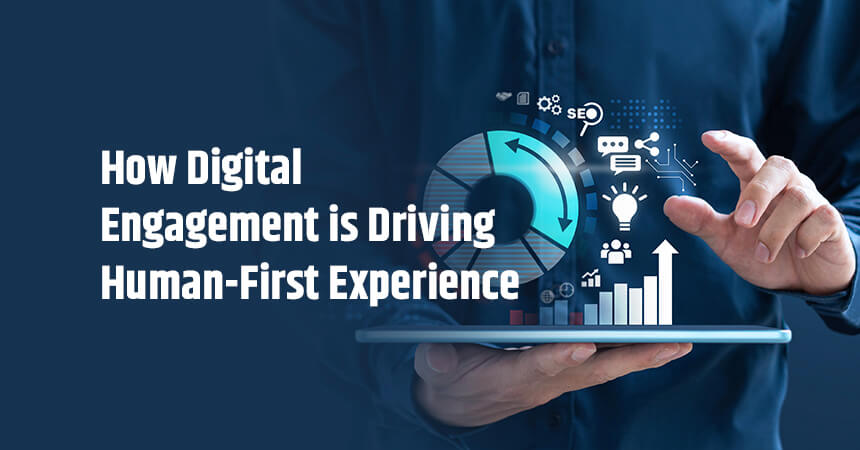Today, engagement and loyalty are tightly connected. Many brands are fighting to have a holistic outlook across these attributes fundamental to customer behavior, leading to profitability. Today’s consumers might be digital natives, but they desire more ‘human-first experiences.
While there is a widespread assumption that this would be applicable only for the younger group, Deloitte’s consumer survey shows no significant difference in the intended shopping channel choice across online versus offline across age groups.
Digital plays a crucial role in delivering against this expectation, both as a conduit for sales and service engagements and as a core of data for experience building insights or as a tool to provide times that affect loyalty.
For brands to progress from customer’s fingertips to mind, the steady, linear path to buy has made way for a predictive and personalized omnichannel experience.
Brands are leveraging ‘digital tools’ to meet physical and virtual worlds, producing prodigious amounts of data at touchpoints. Businesses that use this trail of data successfully have significantly enhanced engagement and growth. Digital and marketing work together to create more intelligent digital engagement strategies that drive human-first experiences.
Connecting on a Humane Level across Digital Platforms
Brands should concentrate on uniting with customers digitally with content motivated by faith, compassion, and values. Given COVID-19, retail brands are now winning customers across online platforms through videos converged on security and touchless shopping experiences to spark a positive emotion. Brands should also spur communications by socially conscious and digitally engaging customers.
Make Customers Participate
Brands should continuously work with consumers on social media channels across the spectrum of fragments to improve the content and impact other buyers online. They should enhance engagement through active in-app conversations and online polls.
Bringing Experiences to Life
During the pandemic, brands innovate and use Virtual Reality to produce a stadium-like real-life experience to the customer’s place to improve the viewing experience. Brands are applying AR for on-demand emergency road-side troubleshooting. Smart Watches track patients’ parameters in real-time and rescue lives by automatically connecting them to doctors.
Building Transparency
Brands should attempt to increase relevancy with consumers by giving them the power to engage with technology to share their data. Buyers are prepared to ‘Opt-in’ if they get appropriate and safe engagement in return. Customers most concerned about data privacy are most ready to give their data.
Conclusion
To facilitate human-first experiences, Cloud computing and ML can ascertain how, when and which content to deliver to best engage with each consumer. Enhance decision making across the lifecycle, optimize outcomes, combine marketing and ad technologies with consumer engagement channels and deliver personalized content.
Brands must recognize the unique features of online/offline channels and optimize them digitally due to the increasing number of touchpoints. It is vital to view customers as ‘people who are evolving and think for themselves, consequently delivering on the commitment of ‘human experience’ is crucial to the betterment of engagement.




